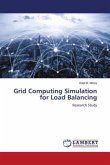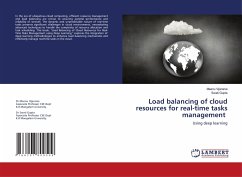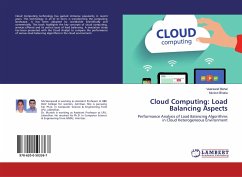Next Generation Networks (NGN) such as LTE and WiMAX offer higher spectral efficiency and data rates using new technologies such as femto cells, relay nodes etc. These networks are normally deployed for use in parallel with existing networks. This approach to network deployment complicates network operation and management, thus translating to higher capital and operational costs. In a bid to minimize these costs, self-organising operations were envisioned. Load balancing is a self-organising operation. It aims at ensuring an equitable distribution of users in the network. Several methods based on iterative techniques have been proposed and some adopted for load balancing. However, these iterative techniques are computationally intensive and use a limited number of parameters for load balancing. This work proposes two models developed from network simulations for load balancing. The two models are based on Adaptive Neuro-Fuzzy Inference System (ANFIS) designed using load indicators and key performance indicators
Bitte wählen Sie Ihr Anliegen aus.
Rechnungen
Retourenschein anfordern
Bestellstatus
Storno








